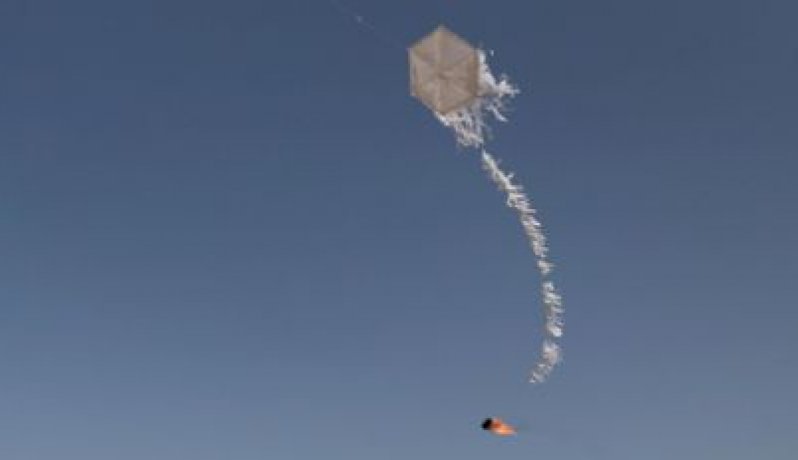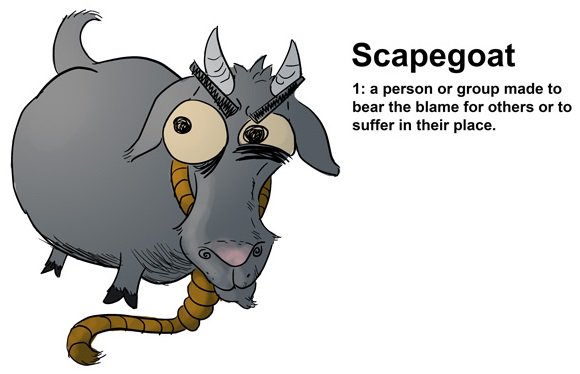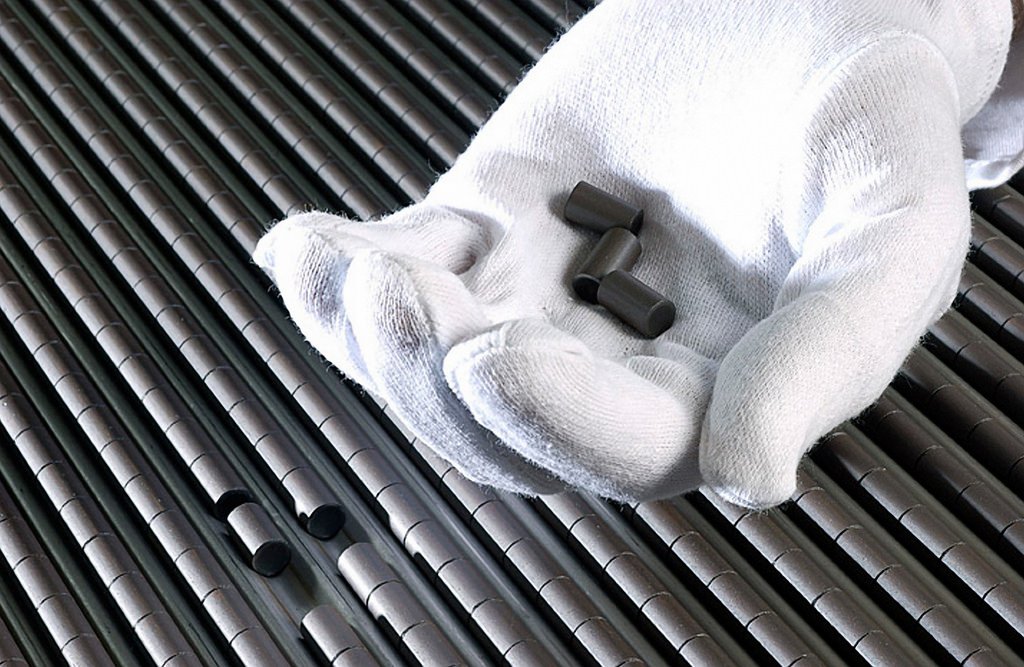
⚡️twitter.com/i/moments/9266… #fuelcyclefriday
- producing UO2 powder,
- forming and sintering the UO2 into pellets,
- loading and placing the pellets into rods and assemblies,
- quality assurance #fuelcyclefriday
📸: @WorldNuclear
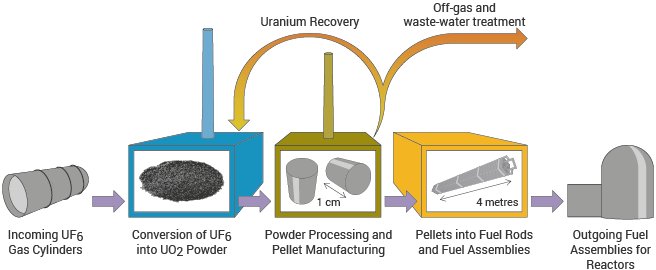
#fuelcyclefriday 📸: @NRCgov
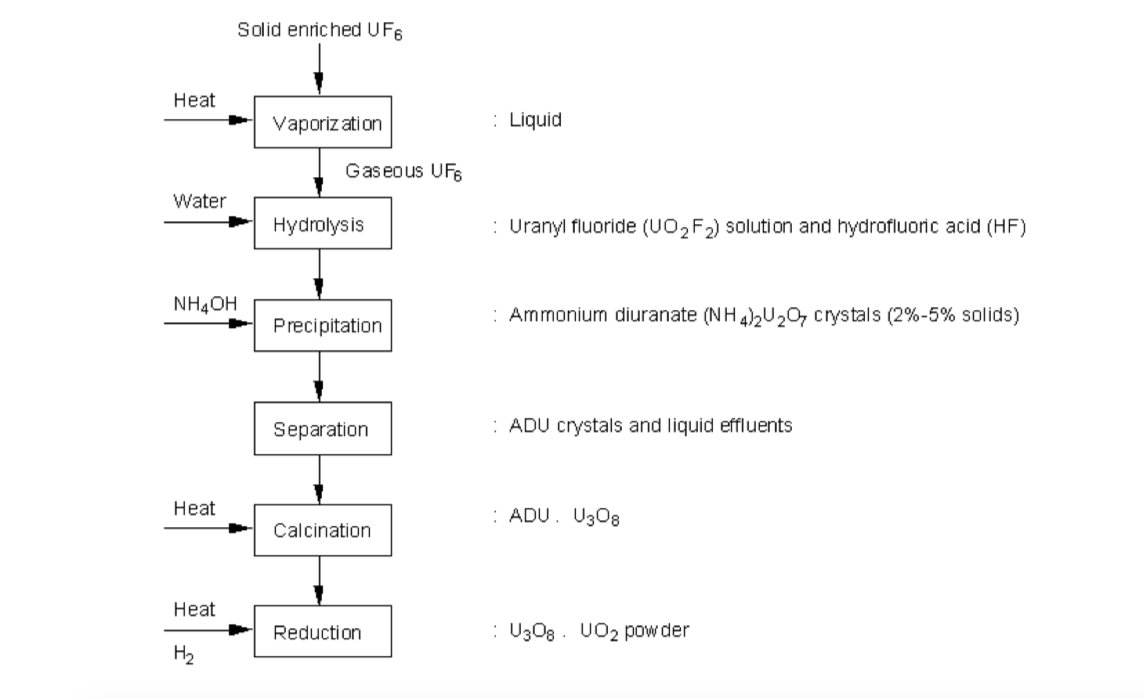
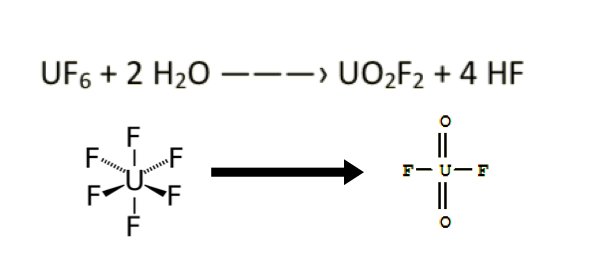
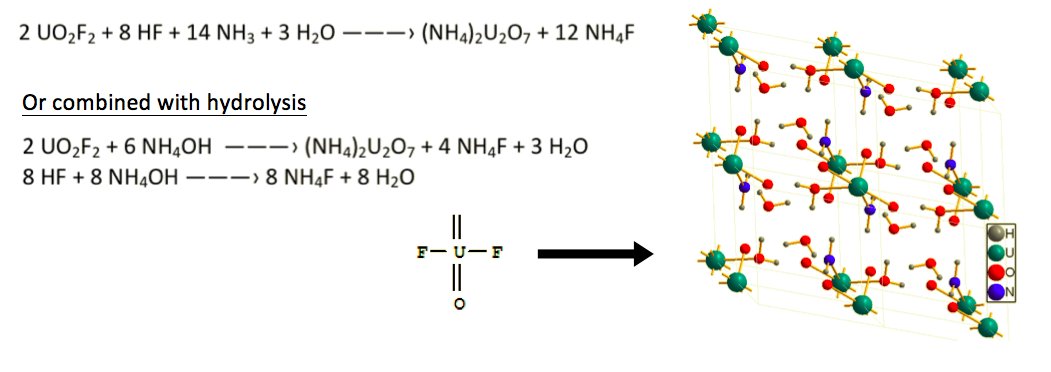
#fuelcyclefriday 📸: Getty
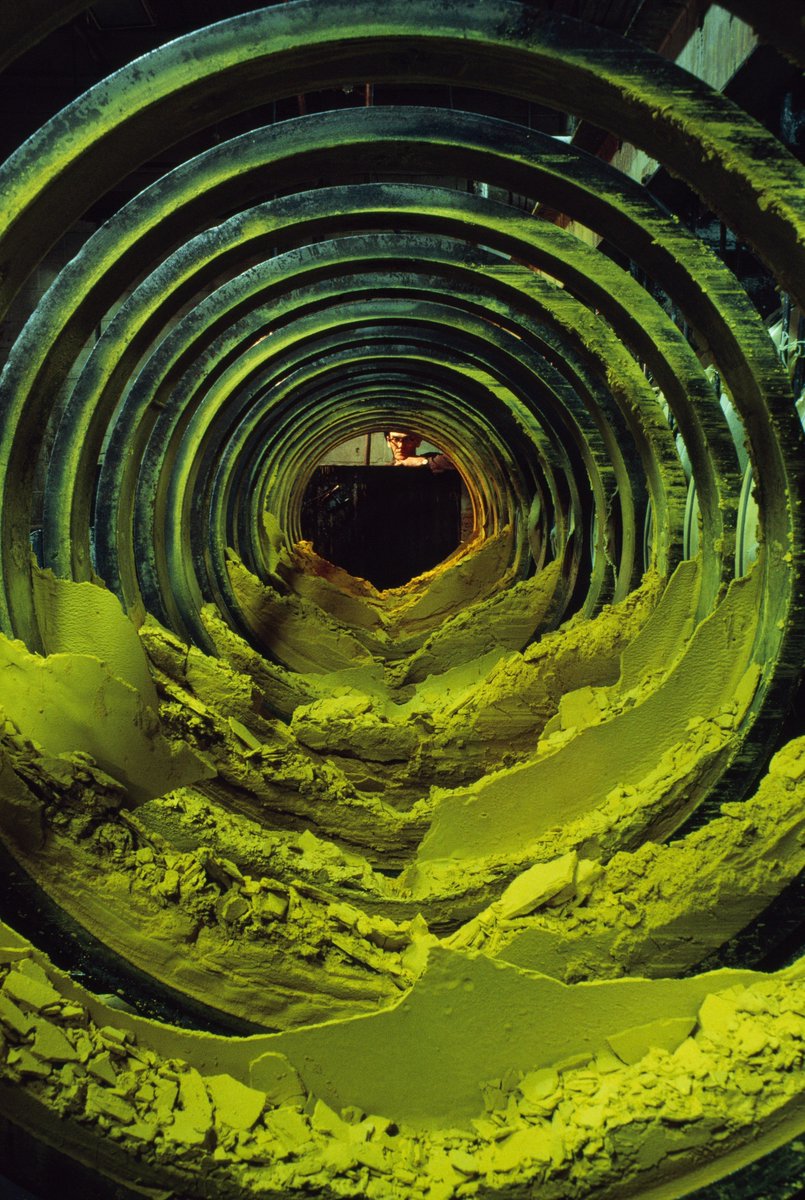
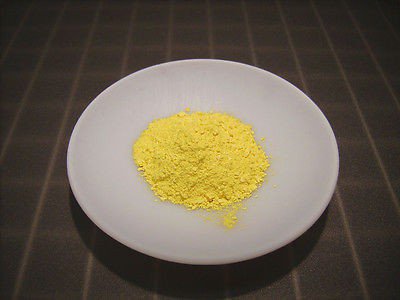
#fuelcyclefriday 📸: @FAScientists
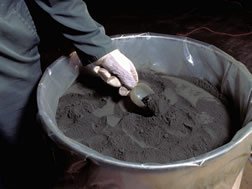
#fuelcyclefriday
#fuelcyclefriday 📸: @Alchetron
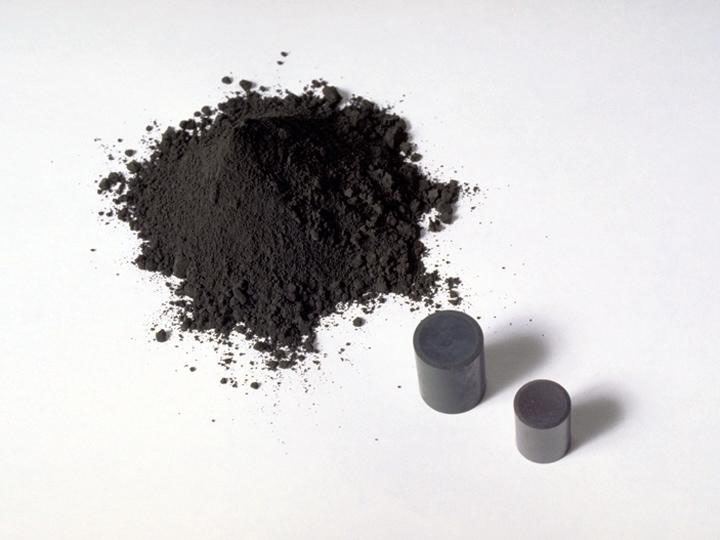
#fuelcyclefriday 📸: @Alchetron
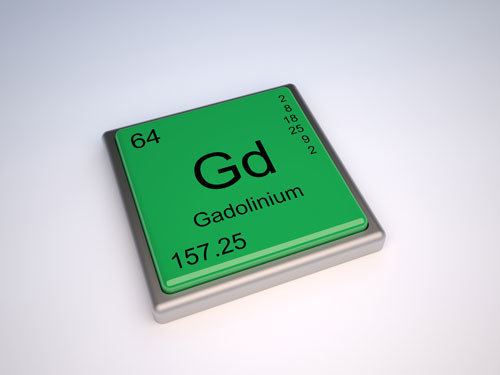
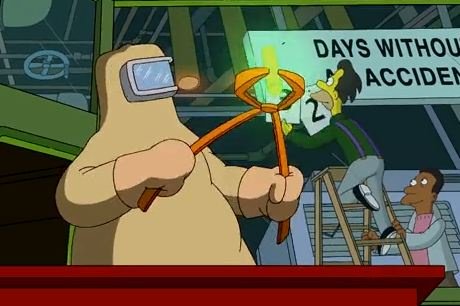
#fuelcyclefriday
#fuelcyclefriday 📸: ScienceSourceimages
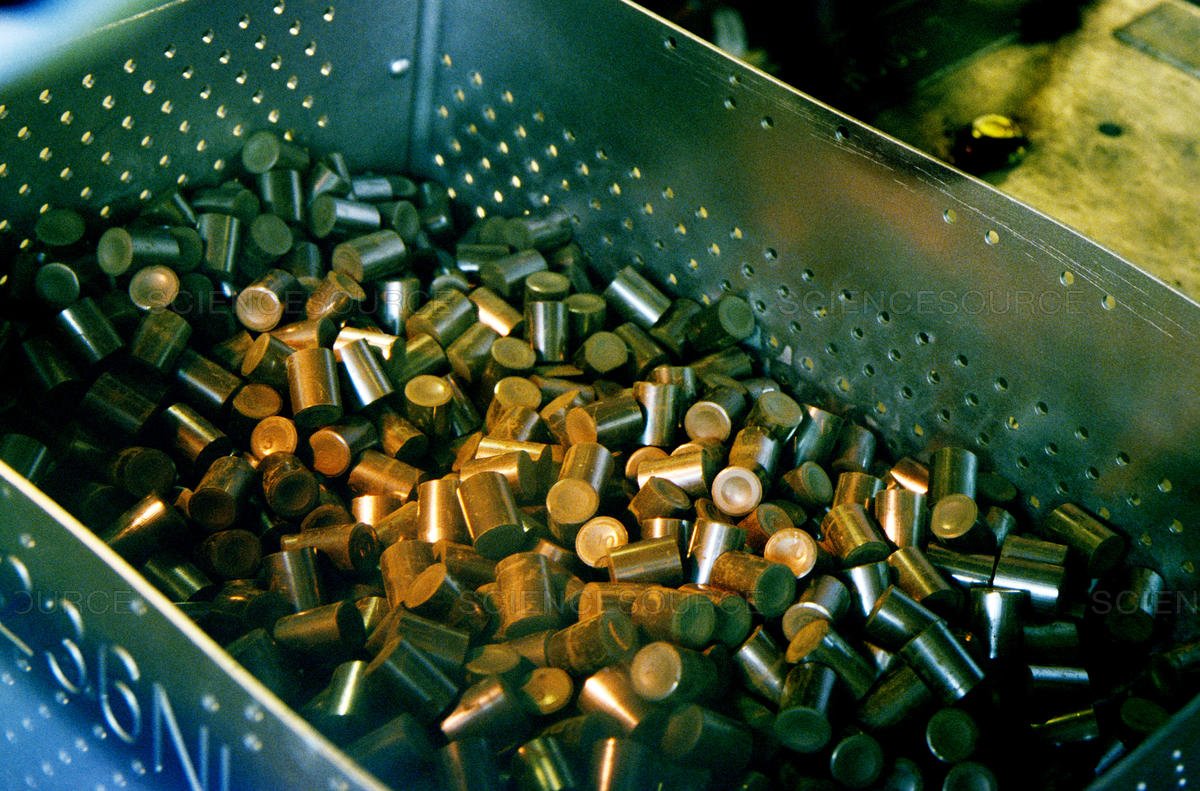
#fuelcyclefriday
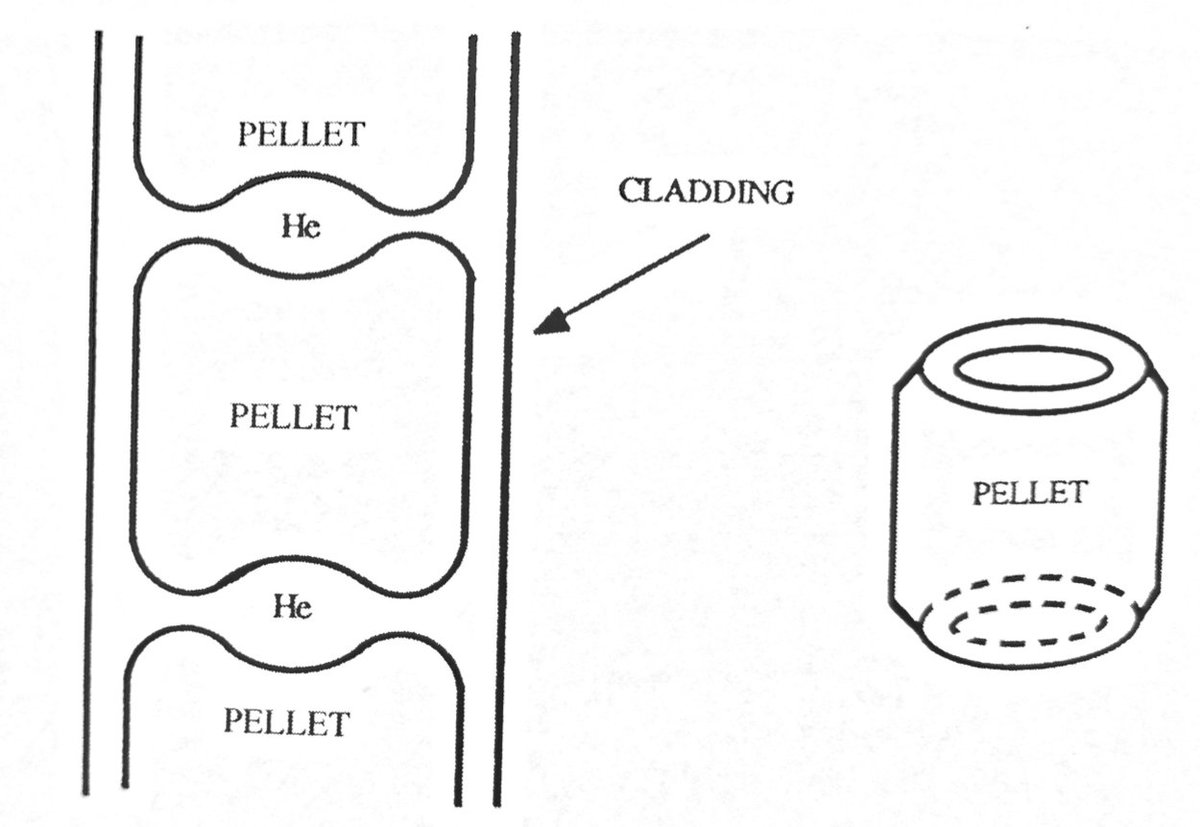
📸: @WorldNuclear
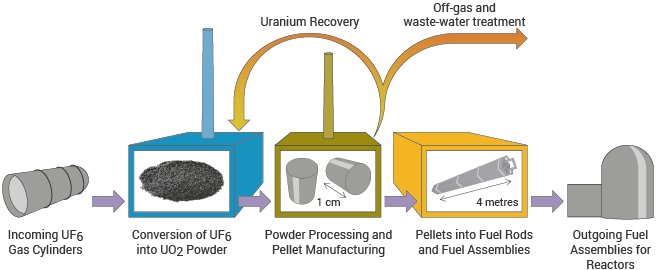
#fuelcyclefriday 📸: @NRCgov
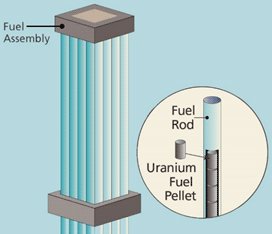
- Corrosion resistant
- Able to withstand high pressure, heat, and radiation environments
- Low cross section i.e. doesn't readily absorb neutrons
#fuelcyclefriday
#fuelcyclefriday 📸: @cameconews
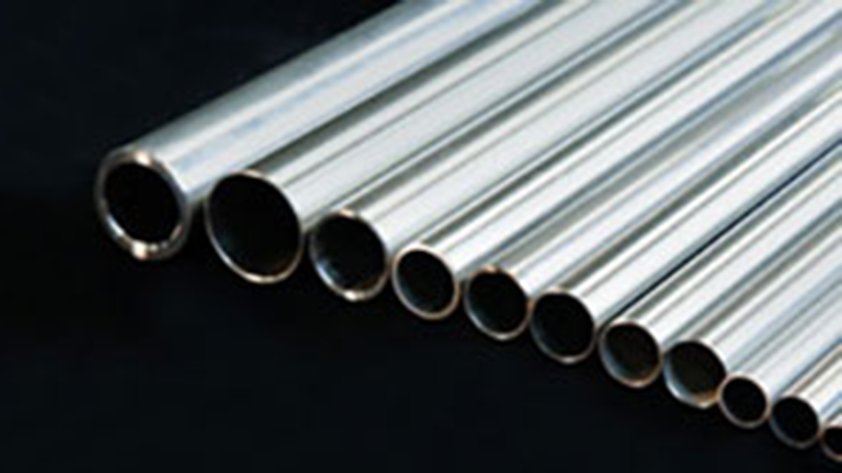
#fuelcyclefriday
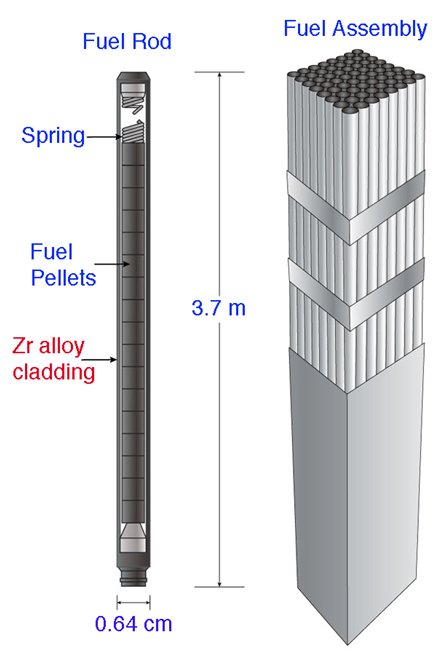
#fuelcyclefriday
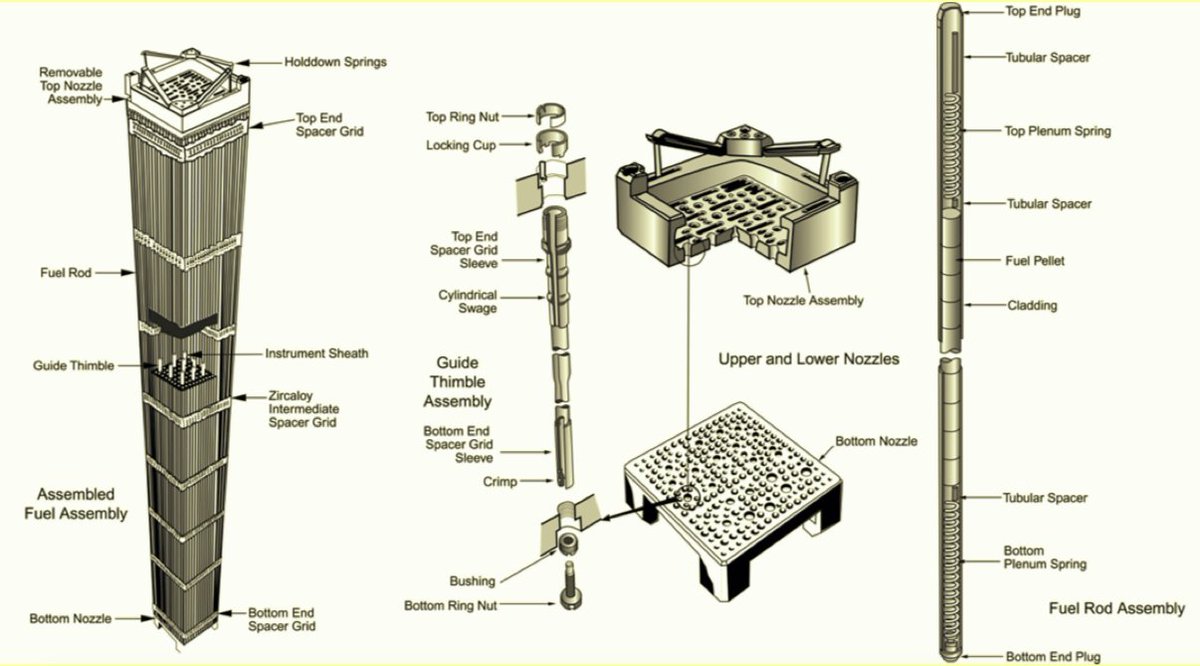
#fuelcyclefriday 📸: NFI
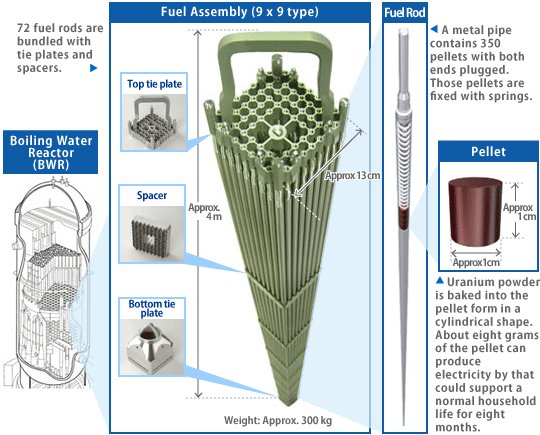
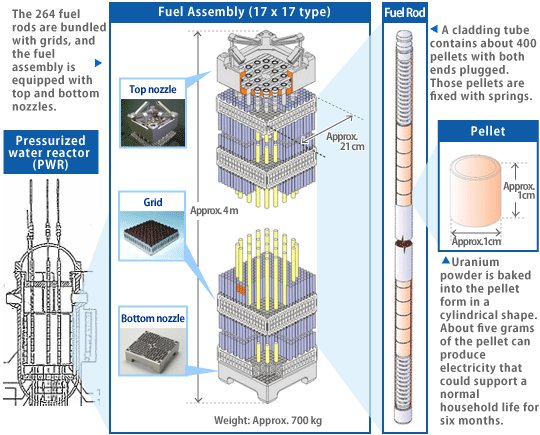
📸: @WorldNuclear
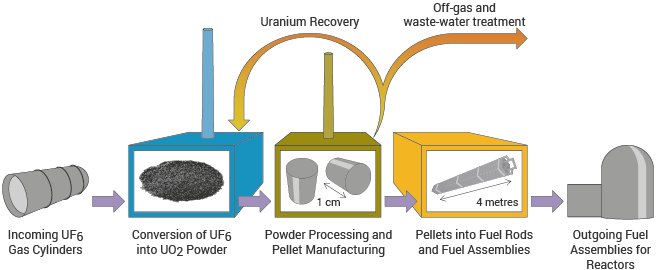
#fuelcyclefriday 📸: @iaeaorg
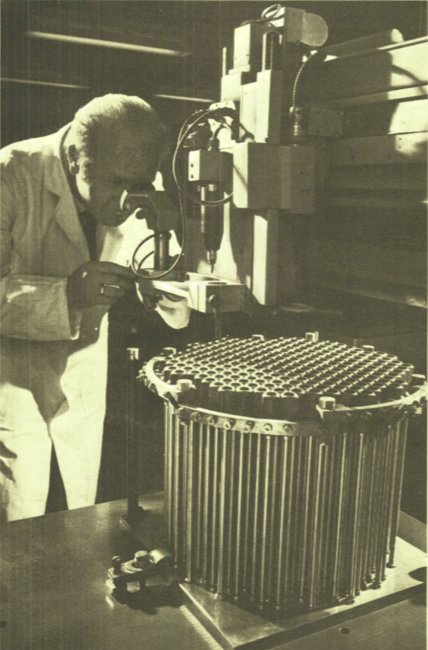
#fuelcyclefriday 📸: CASL
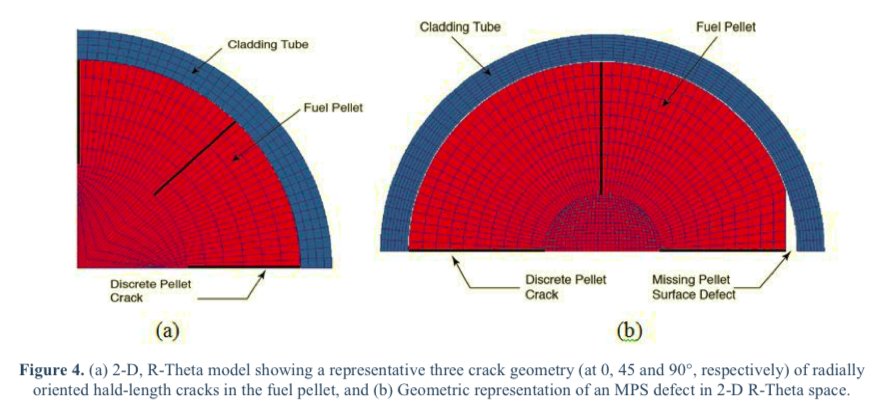
#fuelcyclefriday 📸: SABIA
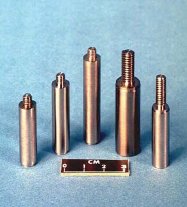
#fuelcyclefriday 📸: Phoenix
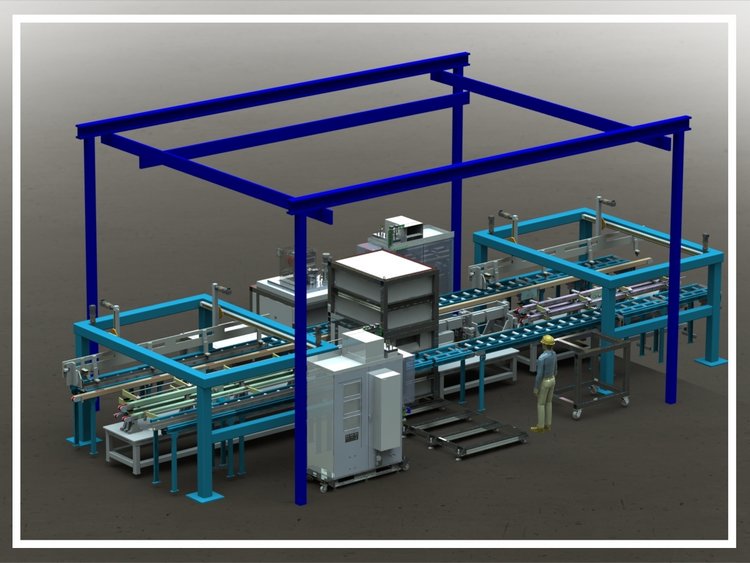
#fuelcyclefriday
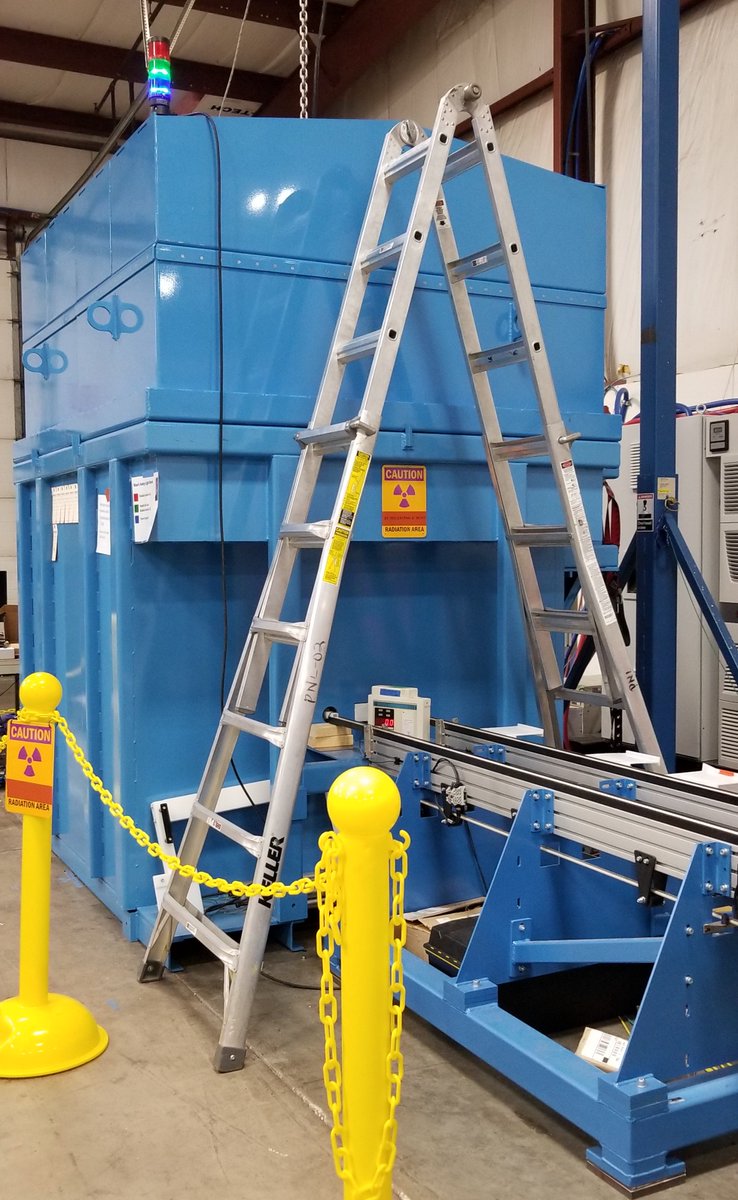
- Nuclear Fuel and its Fabrication by @WorldNuclear
world-nuclear.org/information-li…
#fuelcyclefriday
- Evaluation of UF6-to-UO2 Conversion Capability at Commercial Nuclear Fuel Fabrication Facilities by @ANL
web.ead.anl.gov/uranium/pdf/AN…
#fuelcyclefriday
and finally
- NUCLEAR FUEL FABRICATION & REFABRICATION COST ESTIMATION METHODOLOGY by @ORNL (old but still interesting)
osti.gov/servlets/purl/… #fuelcyclefriday
or check out the cool uranium glass I sell on Etsy etsy.com/shop/NuclearKa… (10% off with code HAPPYHOLIDAYS)












